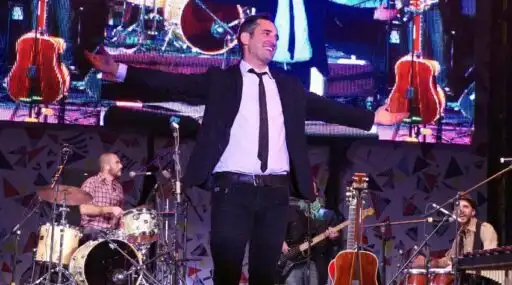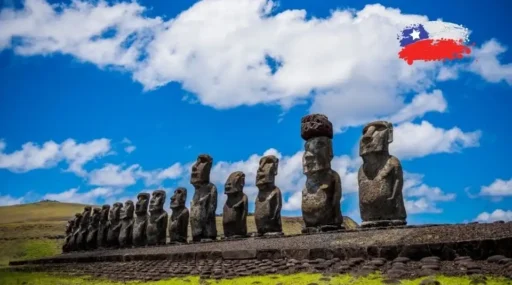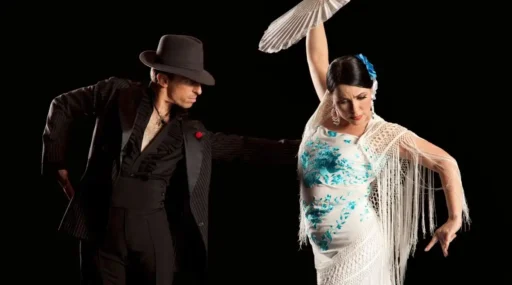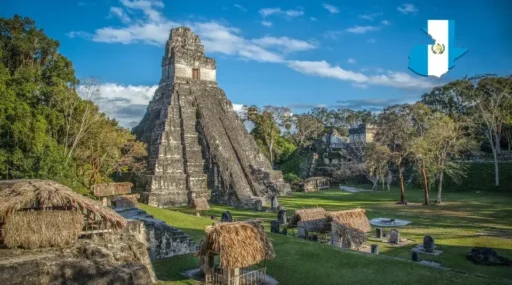Buena Vista Social Club’s Guardian of Tradition
In the heart of Cuba’s vibrant musical landscape, the name Compay Segundo stands as a testament to the enduring legacy of Afro-Cuban music. This biography delves into the extraordinary life of a musical maestro whose soulful rhythms and charismatic persona left an indelible mark on the global stage. From his humble beginnings in Santiago de Cuba to the iconic stages of the Buena Vista Social Club, Compay Segundo’s journey is a celebration of passion, perseverance, and the timeless allure of Cuban son.
Early Life and Musical Roots
Born as Máximo Francisco Repilado Muñoz on November 18, 1907, in Siboney, Santiago de Cuba, Compay Segundo emerged from a rich Afro-Cuban cultural milieu. Growing up in a family with a deep musical heritage, he inherited a love for traditional Cuban music, particularly the son, a genre that blended Spanish melodies with African rhythms.
Compay’s introduction to music was through the clarinet, but it was the guitar and the tres, a traditional Cuban guitar-like instrument, that became his instruments of choice. His early experiences playing in local groups set the stage for a lifelong commitment to preserving and innovating within the Cuban musical tradition.
The Birth of Compay Segundo
Compay’s nickname, meaning “companion” in Cuban Spanish, was a moniker given to him by his mother. This moniker would later become a stage name, and Compay Segundo was born. The name not only reflected his congenial personality but also foreshadowed his role as a companion to generations of music lovers around the world.
In the 1920s, Compay Segundo joined the legendary Sexteto Habanero, one of the pioneering groups in the development of son music. This marked the beginning of his illustrious career, during which he would become a guardian of Cuban musical traditions.
The Trova Movement and Musical Innovation
Compay Segundo’s career unfolded during a period of cultural and musical renaissance in Cuba known as the Trova movement. Alongside influential figures like Miguel Matamoros, he played a pivotal role in shaping the son and trova genres, blending rural and urban influences into a unique Cuban sound.
His collaboration with the influential Grupo Compay Segundo further solidified his reputation as a musical innovator. The use of the armonico, a seven-stringed guitar-like instrument he designed, became a signature element of Compay’s distinctive sound. The group’s performances, characterized by intricate vocal harmonies and infectious rhythms, captivated audiences across Cuba and laid the foundation for his later global success.
Life’s Twists and Turns
Compay Segundo’s life was marked by a series of twists and turns, reflecting the tumultuous history of 20th-century Cuba. In the 1950s, as political changes swept the nation, he temporarily retired from music and turned to other pursuits, including cigar rolling and carpentry. However, the music within him never truly slept.
It wasn’t until the 1990s, when Compay was well into his 80s, that his career experienced an unexpected and unprecedented resurgence. The catalyst for this revival was the Buena Vista Social Club, a collaboration between Cuban and international musicians that aimed to revive traditional Cuban music. Compay’s participation in this project catapulted him to global fame, introducing his music to a new generation of listeners.
Buena Vista Social Club and International Stardom
Compay Segundo’s involvement in the Buena Vista Social Club, spearheaded by musician Ry Cooder and filmmaker Wim Wenders, was a defining moment in his career. The 1997 Grammy-winning album, named after the Havana club where the musicians gathered, featured Compay’s soulful voice and signature tres playing on tracks like “Chan Chan” and “Macusa.”
The international success of the album and subsequent documentary brought Compay Segundo to stages around the world. In his late 80s, he became a global ambassador for Cuban music, charming audiences with his charismatic stage presence and the timeless allure of his son compositions.
Cultural Ambassador and Legacy
Compay Segundo’s impact extended beyond the realm of music; he became a cultural ambassador for Cuba. His performances and collaborations showcased the richness of Cuban musical traditions, earning him accolades and honors both at home and abroad.
As a master of the son, Compay Segundo played a crucial role in preserving the cultural heritage of Cuba. His compositions, rooted in the experiences of everyday Cubans, transcended linguistic and cultural barriers, resonating with audiences worldwide. Through his music, he became a bridge connecting generations and cultures, embodying the universal power of rhythm and melody.
Late Years and Fond Farewell
Compay Segundo continued to tour and record well into his 90s, maintaining a tireless dedication to his craft. His later years were marked by collaborations with a new generation of musicians who sought to learn from and pay homage to the maestro. Despite his advancing age, Compay remained a lively and beloved figure, embodying the timeless spirit of Cuban music.
On July 13, 2003, Compay Segundo passed away in Havana, leaving behind a musical legacy that continues to inspire and resonate. His funeral was a celebration of his life, with musicians, dignitaries, and fans coming together to bid a fond farewell to the man whose music had touched the hearts of millions.
Conclusion: A Musical Odyssey Remembered
Compay Segundo’s biography is a testament to the enduring power of music to transcend time and cultural boundaries. His journey from the vibrant streets of Santiago de Cuba to the international stages of the Buena Vista Social Club is a narrative of passion, resilience, and the profound impact of preserving cultural heritage.
As we revisit the soulful melodies of “Chan Chan” or “Guantanamera,” Compay Segundo’s presence lingers, a reminder that the magic of Cuban son is immortal. His life’s work echoes in the strumming of the tres and the heartfelt lyrics that capture the essence of Cuba’s musical soul. Compay Segundo’s legacy lives on, an everlasting companion to those who find solace and joy in the rhythms of the Buena Vista Social Club’s guardian of tradition.
More information and reviews:
.- Official page Compay Segundo Link here.
.- wikipedia.org -Compay Segundo Link here.
.- Youtube.com – Compay Segundo Link here.
.- Feature Imagen from Wikimedia Commons – Compay Segundo Link here

































Leave a Reply